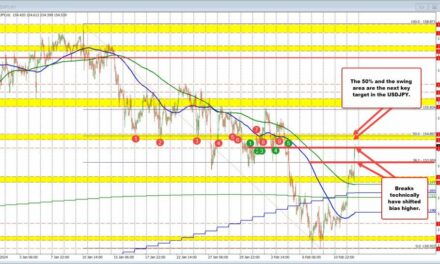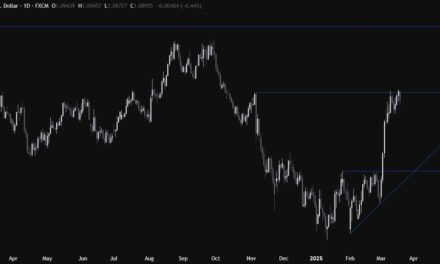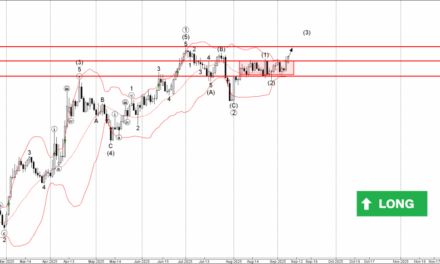The US dollar is extending its decline that began in New York trading yesterday, with EURUSD, USDJPY, and GBPUSD all trading near session lows as US traders come on board. In today’s video, I review the key moves and lay out the risk and bias-defining levels for each pair—what needs to happen to keep the downside momentum going, and what would disappoint traders looking for more follow-through.
Overnight, BoJ’s Nakagawa emphasized that the Bank of Japan will continue raising interest rates if the outlook for economic activity and prices is realized, but warned that high uncertainty remains, particularly around trade policy developments and their potential impact on wages, prices, and sentiment. He noted that while Japan’s economy has recovered moderately, some areas still show weakness. Nakagawa said the BoJ will continue to make policy decisions cautiously, based on incoming data, with particular attention to the September Tankan survey, which could shed light on corporate responses to changing trade conditions. He acknowledged that while medium- to long-term inflation expectations have risen moderately, there is a risk that firms may absorb higher costs through cost-cutting rather than raising prices, which could undermine wage growth. Overall, he cautioned that trade-policy uncertainty could weigh on both domestic and global sentiment, and stressed the need to monitor how firms’ wage- and price-setting behaviors evolve in the months ahead.
ECB’s Rehn said that eurozone growth has proven more resilient than expected, even as inflation continues to slow toward and below the 2% target. He stressed that the inflation target is central to the ECB’s independent decision-making process. Rehn also noted that pressure on the Federal Reserve from US President Trump could carry global implications for markets and the real economy. He emphasized that the ECB will maintain close monitoring of economic conditions and stands ready to act if necessary, while also downplaying the likelihood of a rapid or significant weakening of the US dollar’s global dominance
On the data front, the second estimate of Q2 US GDP will be released at 8:30 AM ET. Markets are looking for a 3.1% annualized pace versus the initial 3.0% print. The core PCE price index is expected to edge higher to 2.6% from 2.5%, while the GDP deflator is forecast to hold steady at 2.0%. This is backward-looking data, so the market reaction may be limited. At the same time, weekly jobless claims are expected to dip to 230K from 235K last week, with continuing claims seen little changed at 1.97M. Later at 10 AM, pending home sales for July are projected to slip by -0.1% after a -0.8% decline previously.
In equities, premarket US stocks are mixed following earnings from Nvidia. The chipmaker beat expectations but not by a wide margin, reporting EPS $1.08 vs exp. $1.01 and revenue $46.74B vs exp. $46.05B. Despite the beat, shares are down -1.2% premarket. CrowdStrike and Snowflake also reported after the bell yesterday, adding to a heavy earnings calendar. Shares of Crowdstrike are trading down -2.81% premarket trading,. While shares of Snowflake are soaring by 13.88%
Yesterday the S&P closed at a new record high (it’s 19th for the year). It is down marginally today. The NASDAQ is also lower but the Dow industrial average is marginally higher:
- Dow industrial average for 63 points
- S&P index -2.15 points
- NASDAQ index -28.35 points
in the US debt market, yields are mixed with the shorter end marginally higher today and the longer end of the yield curve marginally lower:
- 2-year yield 3.631%, +0.8 basis points
- 5-year yield 3.707%, +0.2 basis points
- 10-year yield 4.234%, -0.4 basis points
- 30-year yield 4.905%, -0.7 basis points
Looking at other markets,:
- Crude oil is currently trading down $0.06 at $64.09
- Gold is trading up $6.26 or 0.19% at $3405.
- Bitcoin is trading up $1657 at $112,930.







